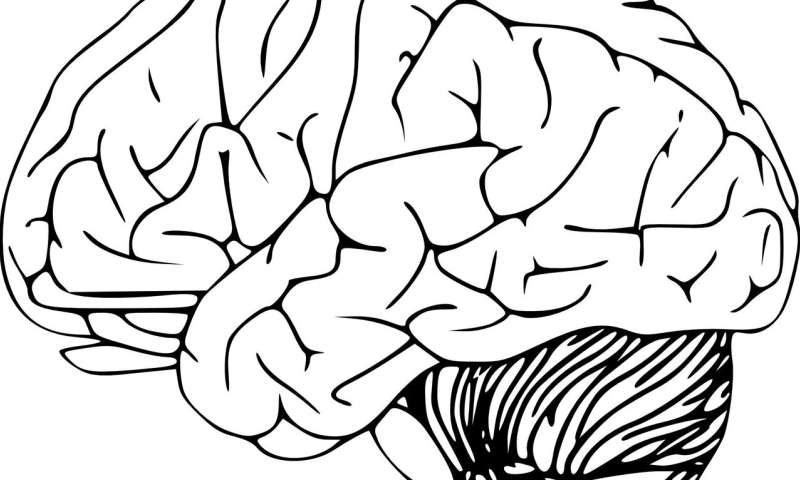
When we say someone has a quick mind, it may be in part thanks to our expanded cerebellum that distinguishes human brains from those of macaque monkeys, for example.
Sometimes referred to by its Latin translation as the ‘”little brain”‘, the cerebellum is located close to the brainstem and sits under the cortex in the hindbrain. New research at San Diego State University, however, calls the “little” terminology into question.
The cerebellum plays a versatile role, contributing to our five senses as well as pain, movements, thought, and emotion.
It’s essentially a flat sheet with the thickness of a crepe, crinkled into hundreds of folds to make it fit into a compact volume about one-eighth the volume of the cerebral cortex. For this reason, the surface area of the cerebellum was thought to be considerably smaller than that of the cerebral cortex.
By using an ultra-high-field 9.4 Tesla MRI machine to scan the brain and custom software to process the resulting images, an SDSU neuroimaging expert discovered the tightly packed folds actually contain a surface area equal to 80% of the cerebral cortex’s surface area. In comparison, the macaque’s cerebellum is about 30% the size of its cortex.
“The fact that it has such a large surface area speaks to the evolution of distinctively human behaviors and cognition,” said Martin Sereno, psychology professor, cognitive neuroscientist and director of the SDSU MRI Imaging Center. “It has expanded so much that the folding patterns are very complex.”
Unprecedented insights
Collaborating with imaging and cerebellum experts from the United Kingdom, Netherlands and Canada, Sereno used customized open source FreeSurfer software that he originally developed with colleagues while at the University of California San Diego to computationally reconstruct the folded surface of the cerebellum. The software also unfolds and flattens the cerebellar cortex so as to visualize it to the level of each individual folia—or thin leaf like fold.
A pioneer in brain imaging who has leveraged functional MRI to uncover visual maps in the brain, Sereno found that when the cerebellum is completely unfolded, it forms a strange “crepe” four inches wide by three feet long. The findings were published this week in a study in PNAS (Proceedings of the National Academy of Sciences).
“Until now we only had crude models of what it looked like,” Sereno said. “We now have a complete map or surface representation of the cerebellum, much like cities, counties, and states.”
Puzzle pieces
Previous research discovered that while there were many similarities between the cortex and the cerebellum, there was one key difference. In the cerebral cortex, regions representing different parts of the body are arranged roughly like they are in the actual body: juxtaposed and orderly. But in the cerebellum, they were placed more randomly.
“You get a little chunk of the lip, next to a chunk of the shoulder or face, like jumbled puzzle pieces,” Sereno explained.
Those parts of the cerebellum are therefore set up to pull in and coordinate information from disparate parts of the body.
It is intriguing to think that there might be analogs of ‘”fractured somatotopy”‘ in the cognitive parts of the cerebellum that could help support highly complex, sophisticated cognitive functions, such as language or abstract reasoning, Sereno said.
“When you think of the cognition required to write a scientific paper or explain a concept, you have to pull in information from many different sources. And that’s just how the cerebellum is set up.”
Until now, the cerebellum was thought to be involved mainly in basic functions like movement, but its expansion over time and its new inputs from cortical areas involved in cognition suggest that it can also process advanced concepts like mathematical equations.
“Now that we have the first high resolution base map of the human cerebellum, there are many possibilities for researchers to start filling in what is certain to be a complex quilt of inputs, from many different parts of the cerebral cortex in more detail than ever before,” Sereno said.
For instance, there is some recent evidence that people who suffer cerebellum damage have difficulty processing emotion.
“The ‘little brain’ is quite the jack of all trades,” Sereno said. “Mapping the cerebellum will be an interesting new frontier for the next decade.”
Padma Nagappan, San Diego State University

